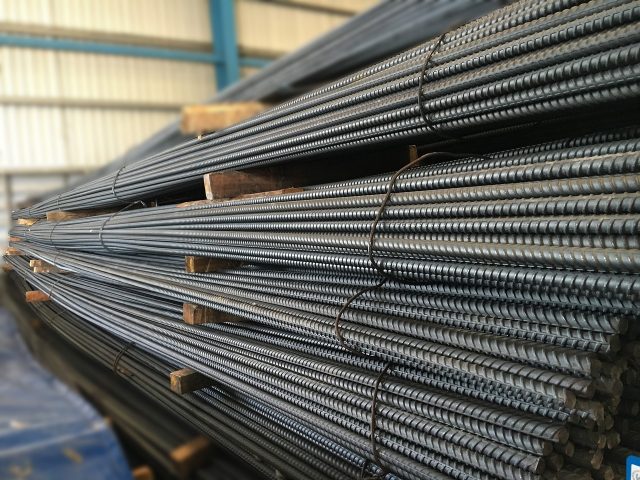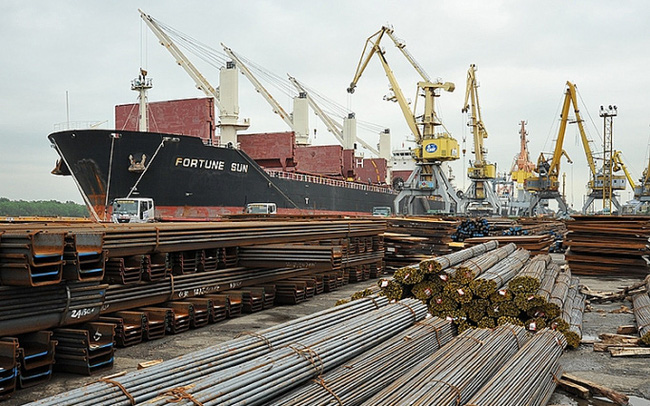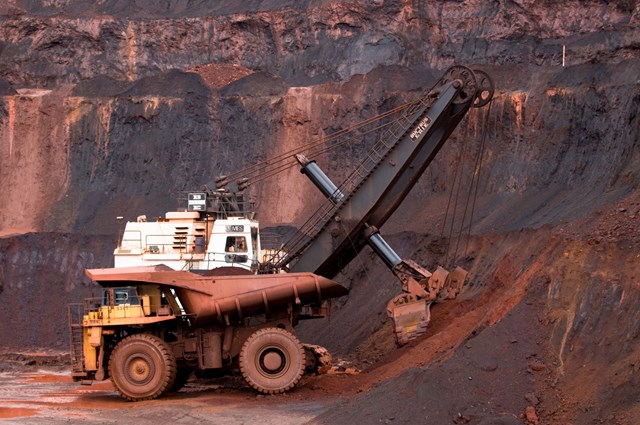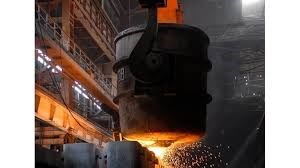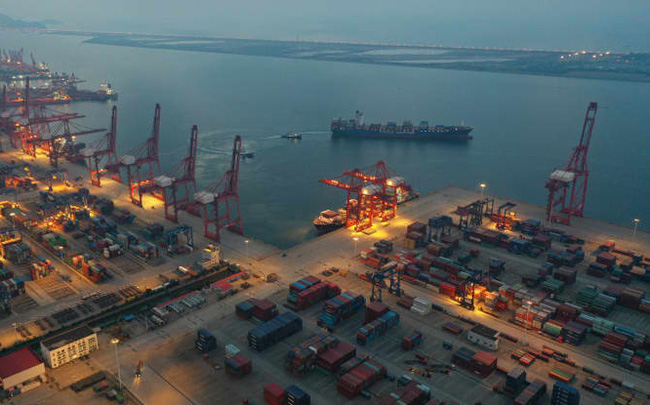The world’s No. 2 economy is so large and still growing so fast that theoretically (let alone political barriers) it is almost impossible for China’s leaders to move any faster toward their climate goals. climate change.
This week, the COP26 conference on climate change will take place in Glasgow (UK) with the participation of a large number of world leaders. Now the world’s largest emitter of greenhouse gases, China arrives with an agenda that clearly shows its resolve: for the first time in its history, it has pledged to take big steps to “turning away” from fossil fuels, aiming to reach zero carbon dioxide emissions by 2060.
Harsh reality
However, China itself admits that over the next decade, its carbon emissions will continue to increase, peaking sometime before 2030.
China’s climate commitments are facing harsh realities in practice. The world’s No. 2 economy is so large and still growing so fast that theoretically (let alone political barriers) it is almost impossible for China’s leaders to move any faster toward their climate goals. climate change.
Earlier this year Beijing took steps to reduce coal use and control emissions. By the end of August, the most senior official in charge of climate and energy issues, Vice Premier Han Zheng, held an online meeting with provincial leaders, instructing to immediately cut down on projects. pollution like coal plants.
But just a month later, facing severe coal and electricity shortages, Mr. Han himself told leaders of state-owned enterprises that although limiting polluting projects was still important, Now the top priority is to have enough coal for power plants to operate. “Increase coal supply by whatever means necessary,” the Wall Street Journal quoted a source close to the matter as saying.
Coal powers about 56% of heavy industrial economic activity in China. That is also why this country accounts for more than a quarter of the world’s carbon emissions.
Total coal consumption of the world. China accounts for a very large proportion.
In the first 6 months of 2021, localities have approved 24 coal plant projects. Total estimated capacity from coal-fired power plants is about 104 gigawatts – more than Japan and Russia combined (though not all will go online and some older plants may be closed).
Environmentalists and others want China to act faster. In order to achieve the goal set by developed economies, the global temperature will increase by only 1.5 degrees Celsius this century, by 2030, the total global greenhouse gas emissions must be reduced to about 25 percent. billion metric tons (in 2019 the figure is 52 billion). China alone is currently emitting about 14 billion tons of tons per year. If this figure does not change by 2030, China will still account for more than half of the total greenhouse gas emissions that the whole world is allowed to emit.
With the announcement just released, Chinese policymakers plan to reduce carbon emissions by about 10% a year for two decades – a rate faster than any developed country has ever achieved. have been so far.
China also wants to lead the world in new energy technologies such as batteries and solar power, saying its people are willing to face broader environmental problems.
Habits that are hard to give up
However, there is one big contradiction; China needs more and more energy to meet its economic growth goals as well as the growing energy needs of its 1.4 billion people.
Environmental activists believe Beijing is serious about reducing coal consumption, but the problem is that it is difficult for localities to break the habit. Coal mining is the key economic sector of some of the poorest localities in the country, creating millions of jobs. Some campaigns to reduce coal use only cause mines to move elsewhere, in the end the total emissions remain unchanged.
According to estimates by UBS Group, if Beijing wants to reach its net zero emissions target by 2060 and still have enough energy, it will have to invest $2 trillion a year between now and 2060. Nor can China. it is easy to give up coal because there is not enough alternative energy to ensure a stable power supply.
According to UBS, to achieve the new carbon neutrality goals, China will almost have to “rebuild the entire structure of the economy”.
There have been many examples in recent weeks showing how important coal is in the Chinese economy. The worst power shortage crisis in more than a decade caused many factories across the country to close, even threatening the global supply chain.
In fact, problems have started to appear since the beginning of this year, when the demand for goods that China exports exploded amid the pandemic sweeping the world, forcing the country’s factories to increase capacity. However, demand for electricity skyrocketed at a time when China lacked coal supply (partly due to efforts to reduce environmental pollution, partly due to the ban on coal imports from Australia). While coal prices rose sharply, power plants still had to comply with the ceiling price set by the government. Hence they reduce the output to avoid losses and lead to power shortage.
Social networks are flooded with stories of people being trapped in an elevator due to a sudden power failure or workers in danger when the machinery system suddenly stops due to a power outage. The government began to worry about the risk of social unrest as winter approached.
In the end, President Xi Jinping had to relax the electricity pricing mechanism so that coal power plants could raise prices and return to production.
Seal this place “puncture” there
The challenges China faces on the road to clean energy can be clearly observed in Shandong, a province of more than 100 million people located on the northeast coast.
This is the province that consumes the most coal in the country. Coal provides two-thirds of the energy consumed by the province, including industries such as chemicals, metals and manufacturing. Local officials forecast the province’s electricity demand will continue to grow by 4.4 percent annually in the coming years.
When the central government launched an air pollution reduction campaign in 2013, Shandong was one of the last provinces to take action. According to a report from the environmental inspection agency, from 2013 to 2017 in this province, up to 110 power plants were built illegally. Such plants account for more than a quarter of the coal power plants in Shandong. Usually built by private industrial companies themselves to meet their own electricity needs. These plants are not connected to the national grid but will cause more pollution than other plants. They are supported by local officials because often the factories will sell the excess electricity to the people around at a cheap price.
Nearly two-thirds of the factories Beijing names are built by Weiqiao Pioneering Group, the parent company of China Hongqiao, China’s largest private aluminum company.
To tackle the problem, this year for the first time Shandong pledged to cut coal consumption by 10% by 2025, while adding climate targets to economic indicators used to gauge the country’s capacity. provincial leaders. The province is aggressively promoting wind and solar power, with plans to more than double its renewable energy capacity (to about 90 gigawatts).
Shandong still needs to have a stable power source enough to use when it is not sunny or windy, but the air conditioners are still operating at full capacity. Batteries and other storage measures can help, but the technology is still in its infancy. In 2020, China has just 3.3 gigawatts more of stored energy compared to 120 gigawatts of renewable energy.
Provincial leaders believe that coal power is still the most stable source of electricity and want to have the necessary amount of backup. Shandong is also among the localities that have suffered from annoying power cuts in recent times. In Zibo, a city famous for its petrochemical industry, there was a time when factories had to stop production from 7:30 a.m. to midnight.
So Shandong is building 26 new coal power plants and proposes 12 more. New factories will replace old and inefficient ones, using more advanced technology with less pollution.
As one of the province’s most “dirty” and energy-intensive companies, two years ago Weiqiao moved part of its production to Yunnan, a province with six major rivers and therefore mainly hydroelectricity. electricity. In recent years, Yunnan has attracted so many aluminum companies that it is dubbed the “aluminum valley” of China.
However, the new arrivals caused the demand for energy to skyrocket and lead to overcrowding. Because of the drought, instead of exporting more than half of the electricity, Yunnan recently reduced the amount of electricity supplied to Guangdong province. This causes great confusion because nearly 20% of Guangdong’s electricity needs depend on Yunnan, while the province’s electricity needs are very large.
Consult the Wall Street Journal
T&G International Joint Stock Company
Address: 352 Hue Street, Le Dai Hanh Ward, Hai Ba Trung District, Hanoi
Hotline: 0345786803
Email: hrm@tginterjsc.com
Website: http://tginternationaljsc.com






